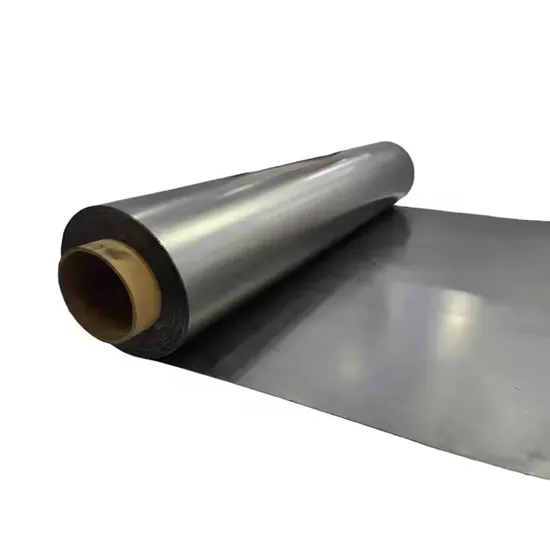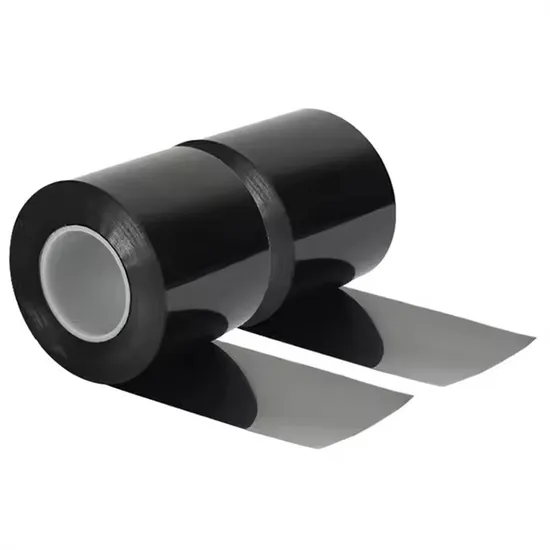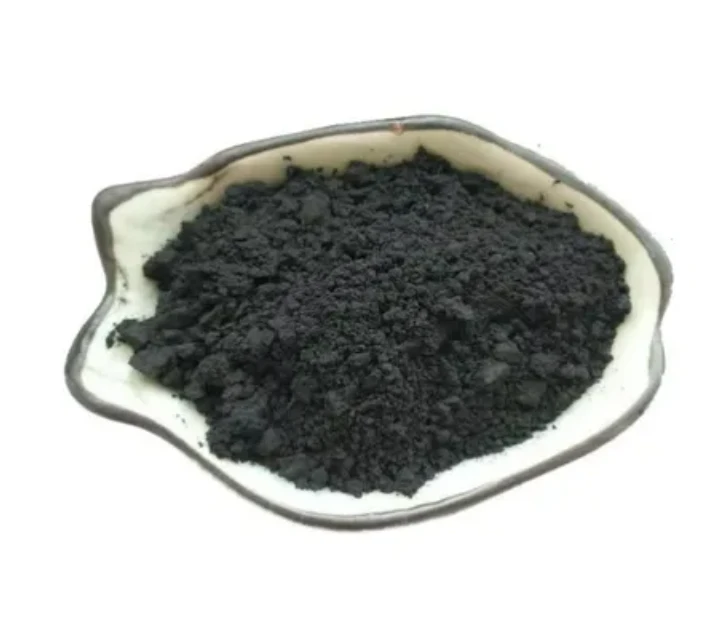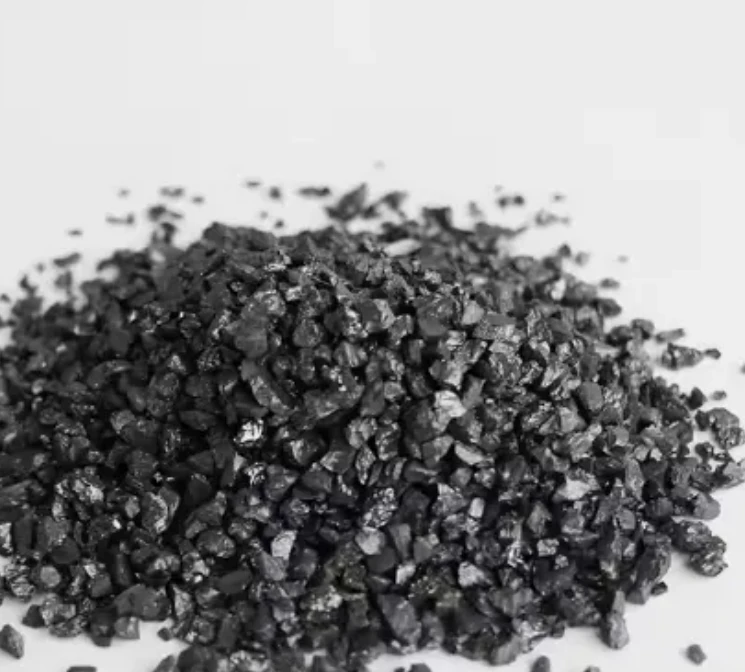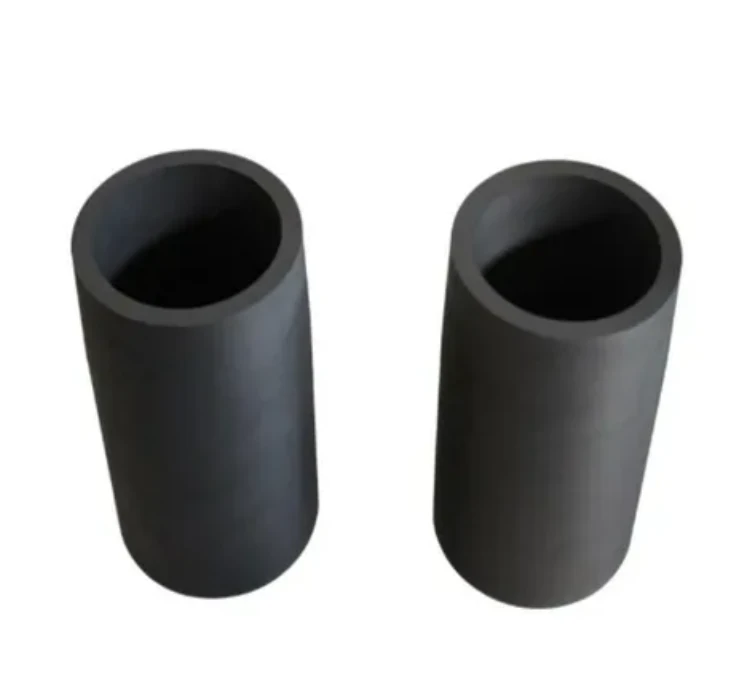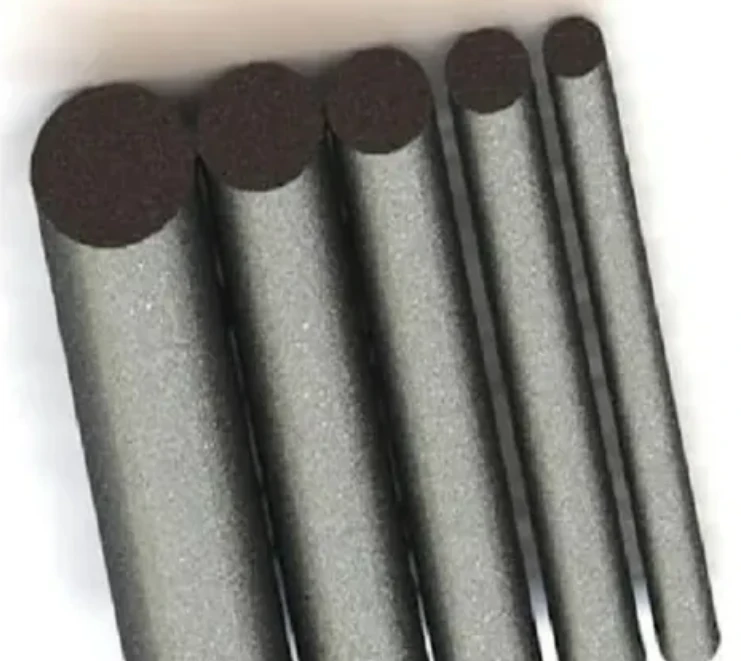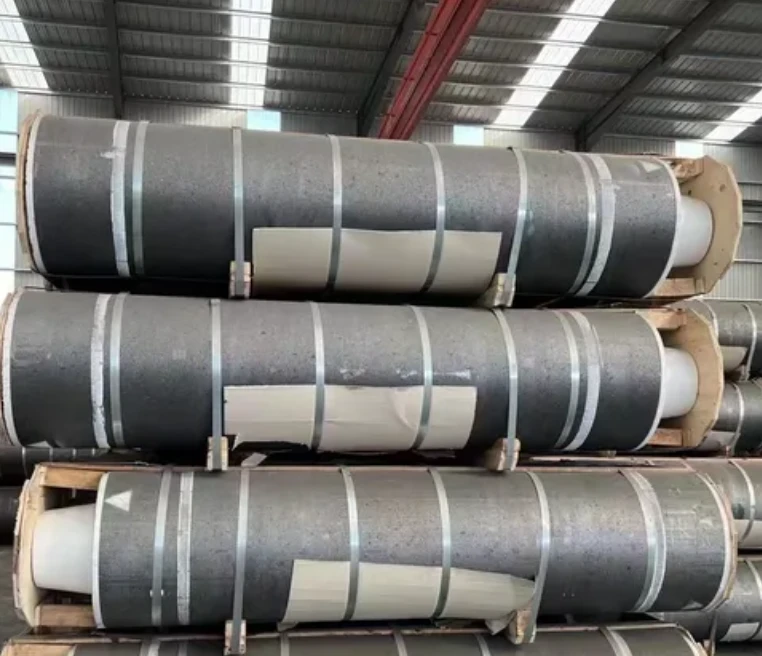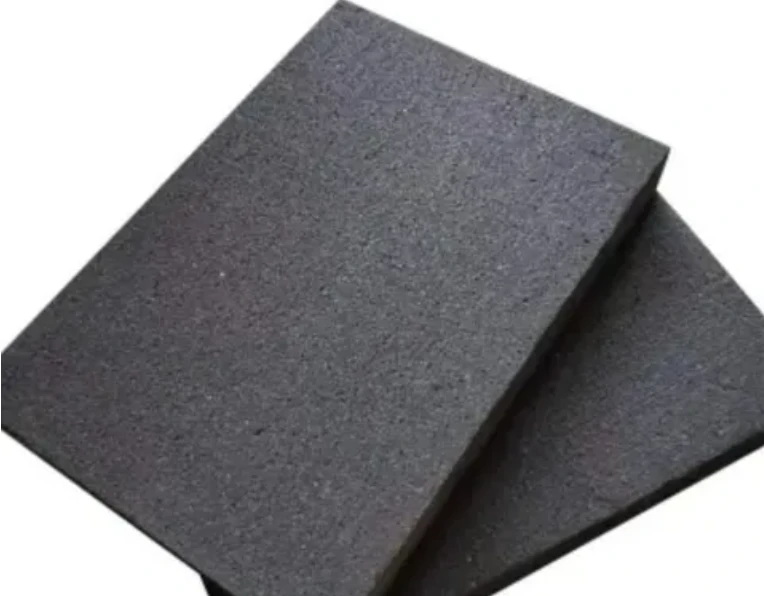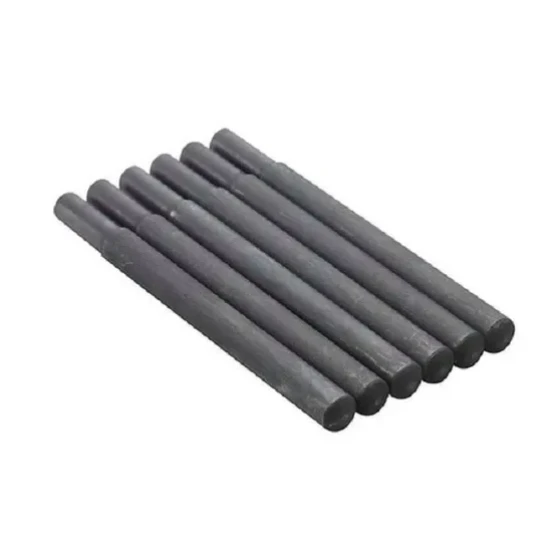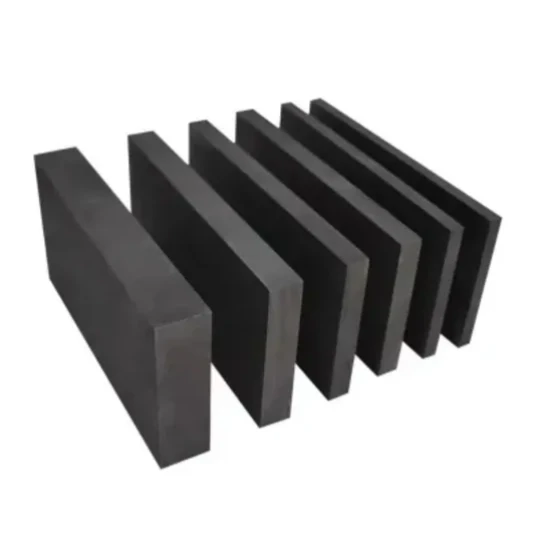- Englist


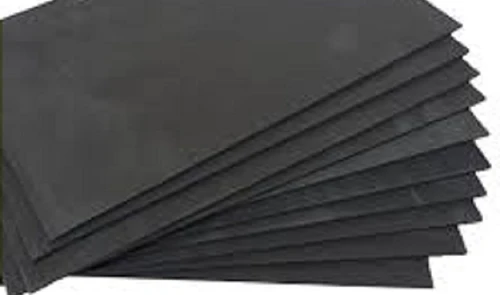
This article provides a detailed overview of graphite foil roll
technology, covering:
- Fundamental properties and composition of graphite foil rolls
- Performance advantages and technical specifications
- Supplier comparison metrics and manufacturing standards
- Customization options for specialized applications
- Real-world implementation case studies
- Installation procedures and operational guidelines
- Industry trajectory and future applications

(graphite foil roll)
Understanding Graphite Foil Roll Fundamentals and Material Science
Graphite foil rolls represent advanced industrial materials composed of 98% pure compressed graphite flakes. This manufacturing process creates flexible sheets with unique anisotropic properties that outperform traditional insulation solutions. Unlike metallic alternatives, graphite foil maintains consistent performance across extreme temperature fluctuations ranging from -240°C to +450°C under inert atmospheres. Material scientists at leading research institutions confirm graphite foil exhibits thermal conductivity of 5-20 W/m·K along its plane while maintaining just 0.05 W/m·K perpendicular to it - creating natural thermal barriers. These rolls typically feature densities between 0.9-1.3 g/cm³ with thickness options spanning 0.1mm to 3.0mm to accommodate diverse engineering requirements.
Performance Advantages Over Alternative Industrial Materials
Graphite foil demonstrates superior capabilities where conventional materials falter. Its distinctive layered structure provides 75% better compression recovery than polymer-based gaskets while maintaining hermetic sealing at pressures exceeding 1500 psi. Manufacturers report service lifetimes 3-4 times longer than asbestos alternatives when subjected to continuous 315°C thermal cycling. Crucially, graphite foil maintains structural integrity despite extreme conditions that compromise alternatives:
| Property | Graphite Foil | PTFE | Ceramic Fiber | Metal Jacketed |
|---|---|---|---|---|
| Continuous Temperature | 450°C | 260°C | 1400°C | 650°C |
| Compression Set | <10% | 25-40% | 50-70% | N/A |
| Thermal Conductivity (W/mK) | 5-20 | 0.25 | 0.1 | 15-40 |
| Chemical Resistance | Excellent | Good | Poor | Variable |
| Pressure Rating (PSI) | 1500+ | 300 | 200 | 2500 |
Varies with orientation
Industry testing data from ASME Pressure Vessel Standards (2022)
Supplier Selection Criteria and Manufacturing Standards
Identifying reliable graphite foil suppliers requires evaluating critical manufacturing parameters. Leading producers operate under ISO 9001:2015 certified facilities with material traceability protocols exceeding ASME Section II standards. Genuine quality indicators include laboratory test reports validating:
- Sulfur content below 500 ppm for chemical compatibility
- Ash content under 300 ppm ensuring thermal stability
- Homogenous sheet composition (±2% density variation)
- Tensile strength exceeding 7.0 MPa longitudinal/4.5 MPa transverse
Reliable graphite foil for sale must include Material Safety Data Sheets compliant with REACH regulations and FDA certification where applicable for food/pharma applications.
Customized Solutions for Specialized Engineering Applications
Specialized requirements drive demand for engineered variations beyond standard graphite foil rolls. Producers now offer multiple enhancement options:
Material Composites: Stainless steel mesh laminations (Type 304/316) increase burst strength by 300% while maintaining flexibility. Silicon dioxide impregnation reduces oxidation rates in continuous 400°C+ environments.
Surface Modifications: Proprietary dry lubricant coatings reduce friction coefficients to 0.08-0.15 during installation. Perforated patterns enable integrated vapor management in fuel cell stacks.
Form Factors: Pre-cut gasket kits with laser-etched alignment marks reduce installation errors by 40% in field maintenance operations. Roll widths extend to 1.5 meters for large-scale industrial furnaces.
Documented Application Successes Across Industries
Aerospace thermal management systems represent a primary application area for graphite foil rolls. Recent implementation in satellite propulsion modules demonstrated consistent thermal regulation despite exposure to 250°C differentials during orbital maneuvers. Post-mission analysis confirmed zero degradation after 5 years in low-earth orbit.
Industrial furnace installations report 22% longer maintenance intervals after converting ceramic fiber door seals to graphite foil rolls. Manufacturing engineers documented reduced energy consumption (9.7% annual savings) due to improved sealing efficiency at critical closure points.
Implementation Protocols and Performance Optimization
Proper installation significantly impacts graphite foil roll performance in critical applications. Verified industry procedures include:
- Surface Preparation: Clean mating surfaces to SA 2.5 standard with profile anchor pattern of 40-60 microns
- Compression Control: Maintain 15-25% compression of nominal thickness - over-compression reduces resilience
- Joint Design: Avoid butt joints - implement scarf cuts at 30° angles for continuous sealing paths
- Torque Sequencing: Multi-bolt flanges require star-pattern tightening in 3 stages (30%/60%/100% torque)
Periodic infrared thermal imaging effectively monitors interface temperatures, identifying sealing inefficiencies before operational disruptions occur.
Future Trajectory of Graphite Foil Roll Technology Development
Current research focuses on enhancing graphite foil roll applications beyond traditional sealing functions. Advanced battery manufacturers now implement specialized graphite foil as anode current collectors, reducing internal resistance by 18% compared to copper alternatives. Emerging semiconductor thermal interface materials utilizing graphite foil demonstrate 45% better heat dissipation than silver pastes at reduced cost points.
Material scientists predict next-generation graphite foil variations will incorporate nano-engineered reinforcement lattices, potentially increasing transverse tensile strength by 150% without compromising flexibility. These developments will likely expand graphite foil applications into extreme environments previously considered impractical for flexible carbon-based materials.
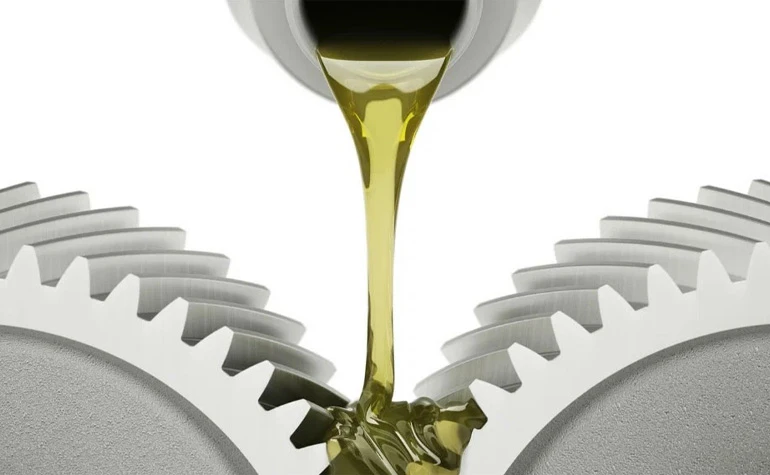
(graphite foil roll)
FAQS on graphite foil roll
Q: What are the common uses of graphite foil rolls?
A: Graphite foil rolls are widely used for thermal management, gasketing, and EMI shielding in industries like aerospace, electronics, and manufacturing. Their flexibility and heat resistance make them ideal for high-temperature applications.
Q: How do I choose reliable graphite foil suppliers?
A: Look for suppliers with certifications (e.g., ISO), positive customer reviews, and proven expertise in graphite materials. Ensure they offer technical support and customizable solutions for your specific needs.
Q: Where can I find graphite foil for sale?
A: Graphite foil is available through specialized industrial suppliers, e-commerce platforms like Amazon or Alibaba, and direct manufacturer websites. Always verify product specifications and warranties before purchasing.
Q: What sizes and thicknesses do graphite foil rolls come in?
A: Standard graphite foil rolls range from 0.1mm to 1mm in thickness and widths up to 1 meter. Custom sizes are often available based on application requirements, such as battery components or furnace linings.
Q: Is graphite foil suitable for high-pressure environments?
A: Yes, graphite foil offers excellent compressibility and chemical resistance, making it ideal for high-pressure sealing and gaskets. It maintains performance under extreme temperatures and mechanical stress.





 Pervious
Pervious
 Next
Next
